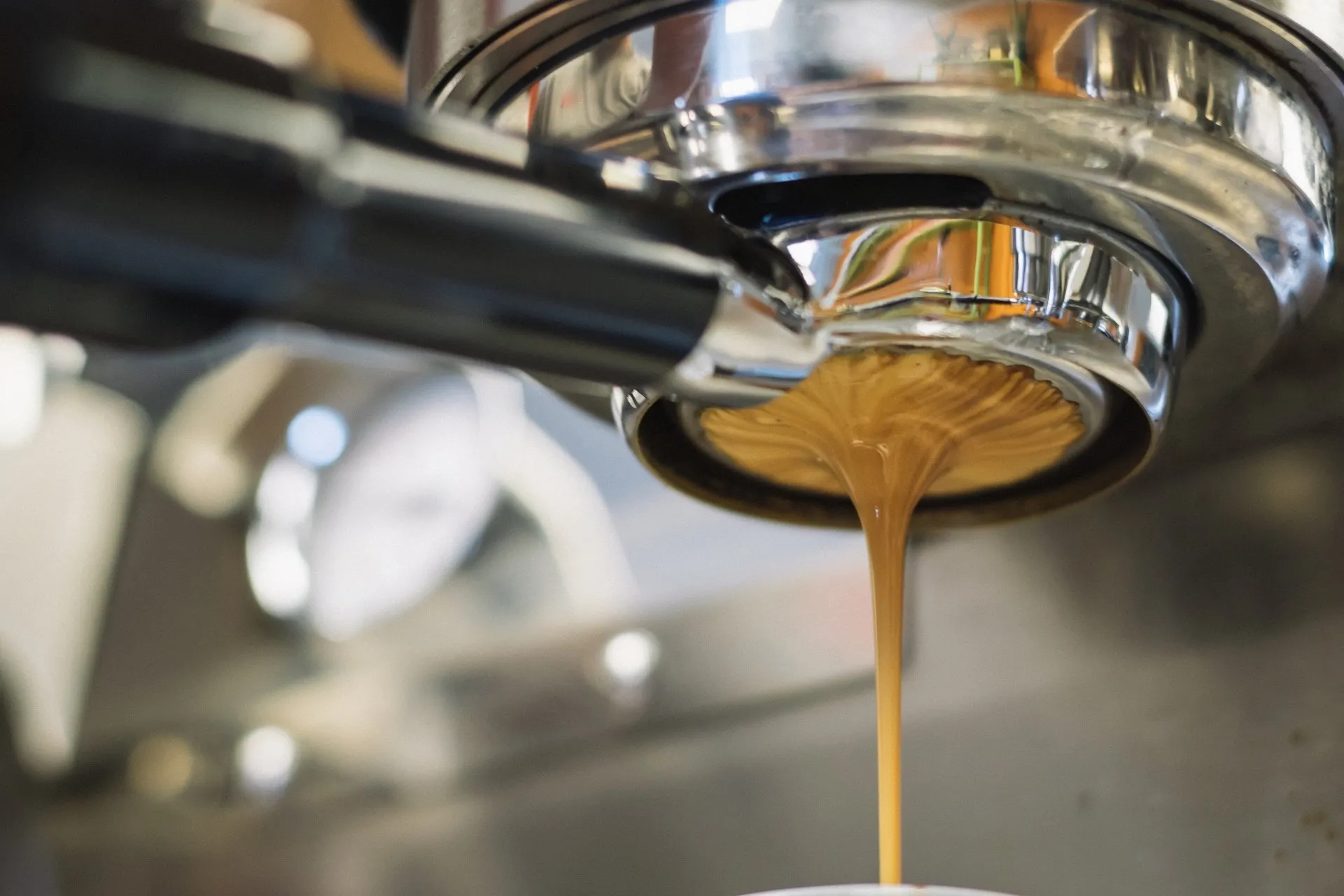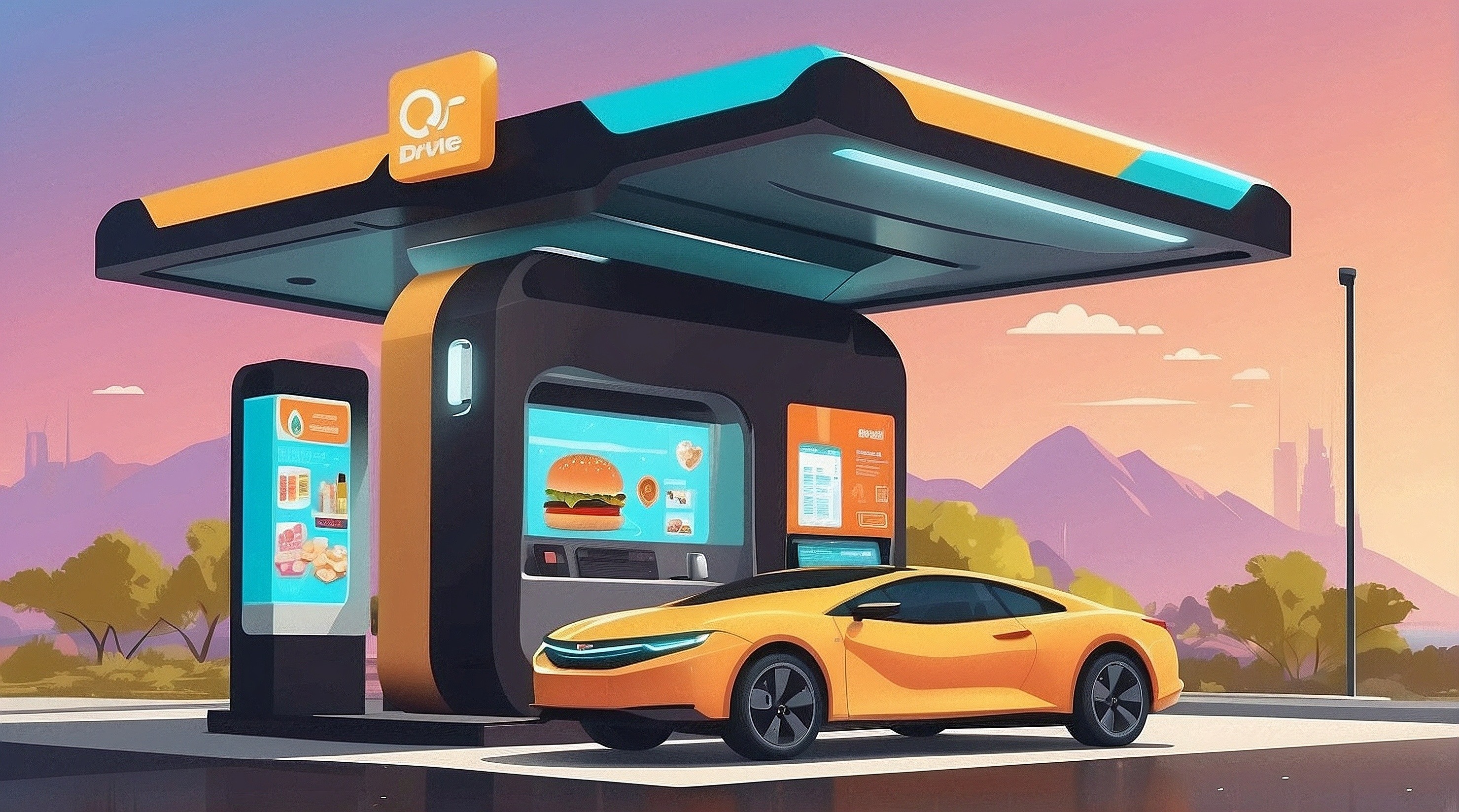ATO's new asset write-off: Instant benefits for small businesses
Did you know about the Government’s instant asset write off scheme for small business? If so, did you know the threshold has been increased to...
2 min read
Louie Scarpari : 10/01/2023 2:12:01 PM
.jpg)
Managing a restaurant can be a rather complicated affair. The number of balls that are in the air at any given time are rather daunting - Suppliers, Inventory, Staff, Customers, Kitchen issues - it’s a big list. Rather than lose their way in this chaotic environment, smart operators use information to navigate.
The key issue here is that we are literally surrounded by information. Flooded really. And sorting through the vast amount of information available to us can be overwhelming. Enter Business Intelligence, or BI, the tools used to single out the exceptions and trends that create actionable information from the chaos. BI can be presented in many ways, but a Dashboard is generally considered to be the modern weapon of choice.
Key to this Dashboard is ease of use. It needs to be graphic - humans interact best with colourful, meaningful information. And it needs to be concise - exception reports rule here - we need to see what’s different, what’s abnormal, what’s happening that we care about. It also needs to be intuitive - I shouldn’t need training just to use a Dashboard! We are in the smartphone age - put in on my iPhone, my Android, my tablet. Make it simple, make it quick, make it relevant!
Dashboards tend to highlight 2 key things: trends and exceptions. For trends, I want to see things such as the takings for the day (live please), and the number of patrons. Show me the things that make me happy. For exceptions, show me the number of no-sales, deleted entries, and coupons redeemed. Show me the things that might make me worry about what’s going on.
But Dashboards can also let you dig into details. Perhaps set up a comparison of what people are ordering, across multiple outlets. Or the average number of covers per table across multiple venues. Perhaps analyse the average alcohol spend vs average food spend. The beauty of a good Dashboard is that you can set this kind of analysis up, use it for a period of time, and then get rid of it when it’s outlived its usefulness. Easily. Without pain. Now you’re getting some powerful analysis happening.
Another aspect of a good Dashboard solution is one that will let you customise what your people see, to help them run the business. Imagine having different Dashboards for Front of House, the Sommelier, the General Manager, the Area Manager, and the owner. Or a single set of Dashboards for all Team Leaders. And giving some of those people the ability to create their own Dashboards to suit their particular needs. Flexibility is the key.
So how do you get your hands on a good Dashboard solution? Dashboards should be built into your POS and Restaurant Management Solution, drawing information about everything from Front of House to Back of House, Loyalty, Labour, and Inventory. Talk to your POS provider, and make sure you’re getting the most out of the information being generated by that complicated restaurant you own. The sooner you start unravelling the mysteries in the data, the better off you’ll be.

Did you know about the Government’s instant asset write off scheme for small business? If so, did you know the threshold has been increased to...

QSR is a fast-paced, dynamic industry. Its consumers are demanding, always looking for ‘new and improved’, whether that’s on the menu, or in the...

For hospitality operators in the UK, Rachel Reeves’ first budget in October 2024 brought little good news.